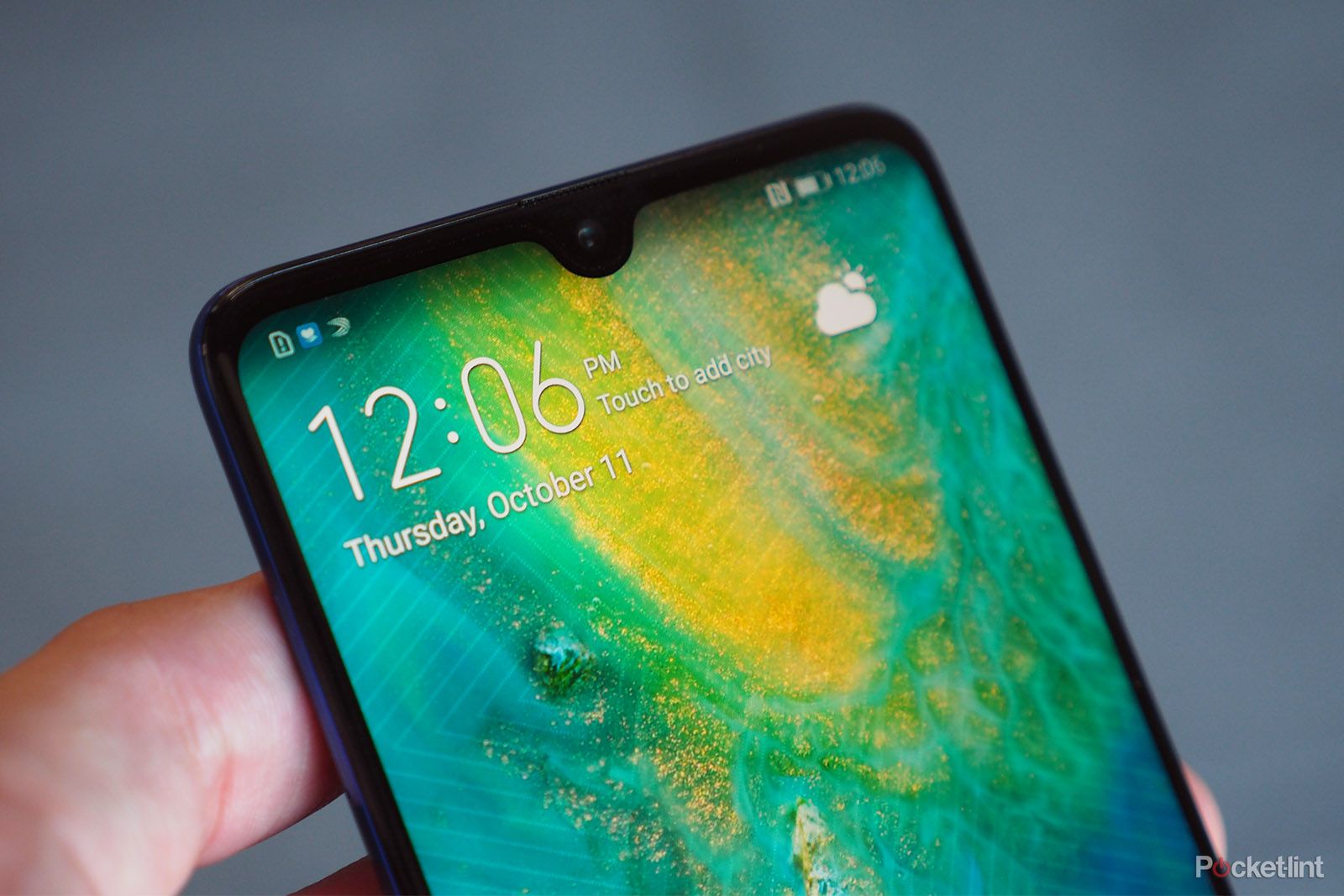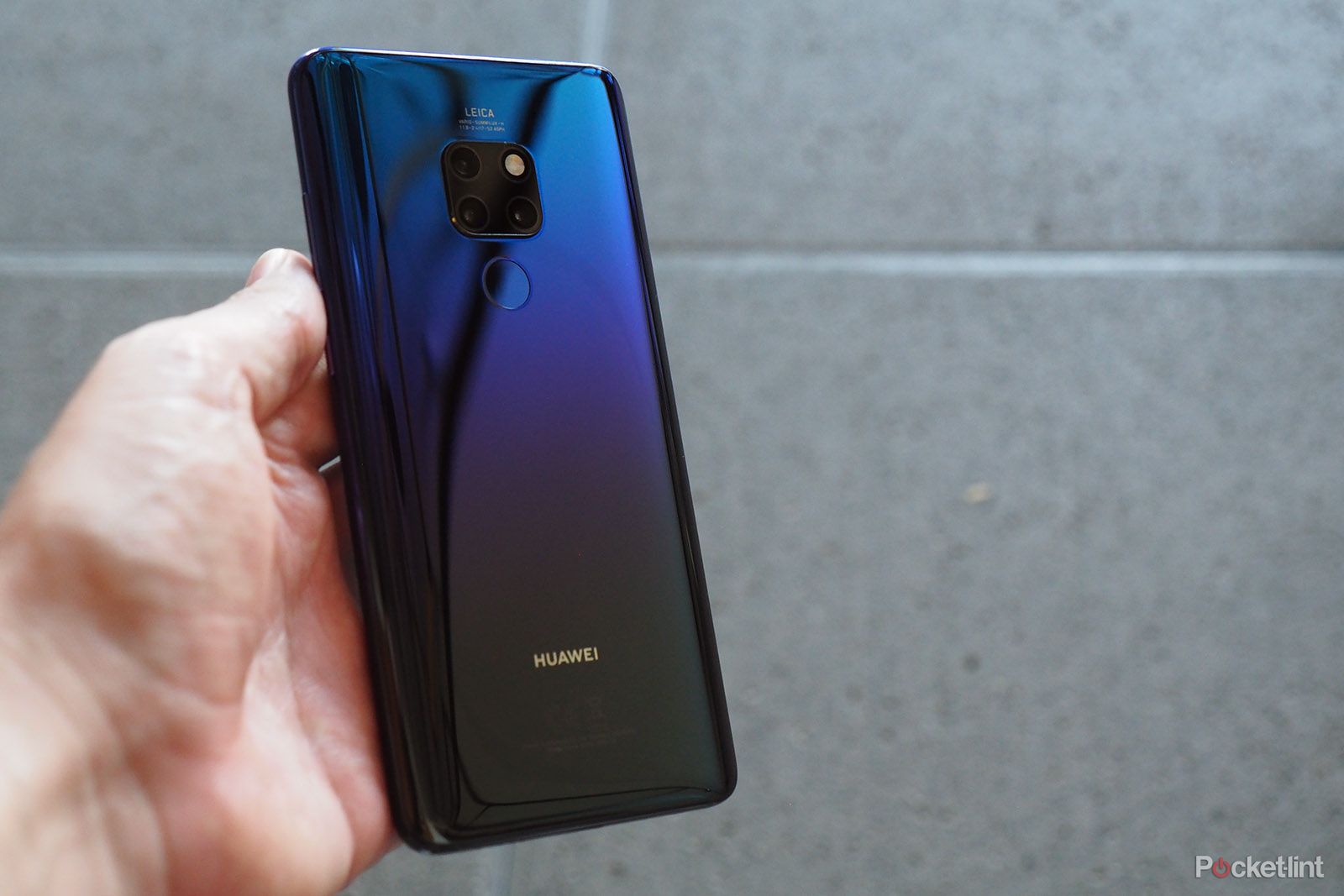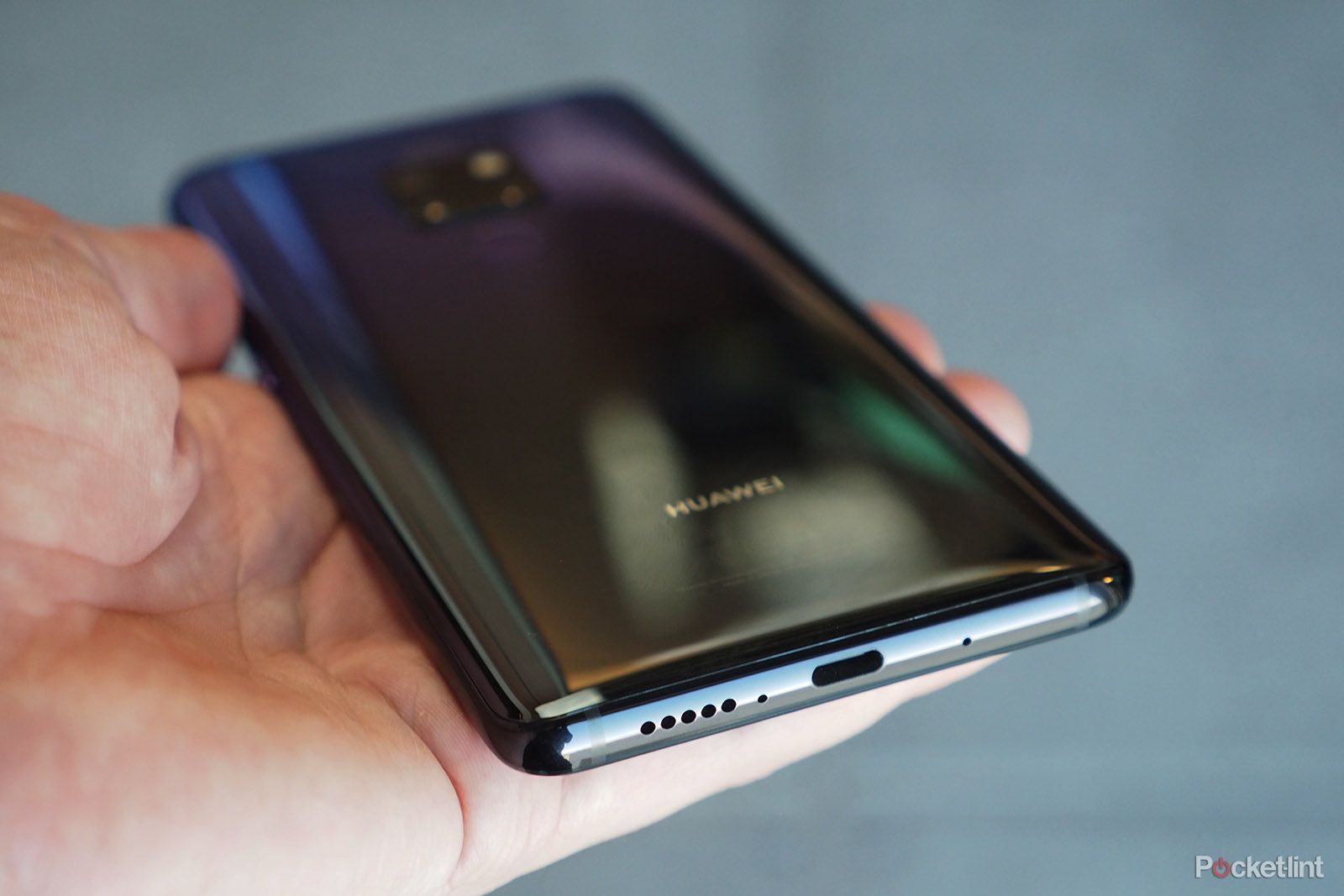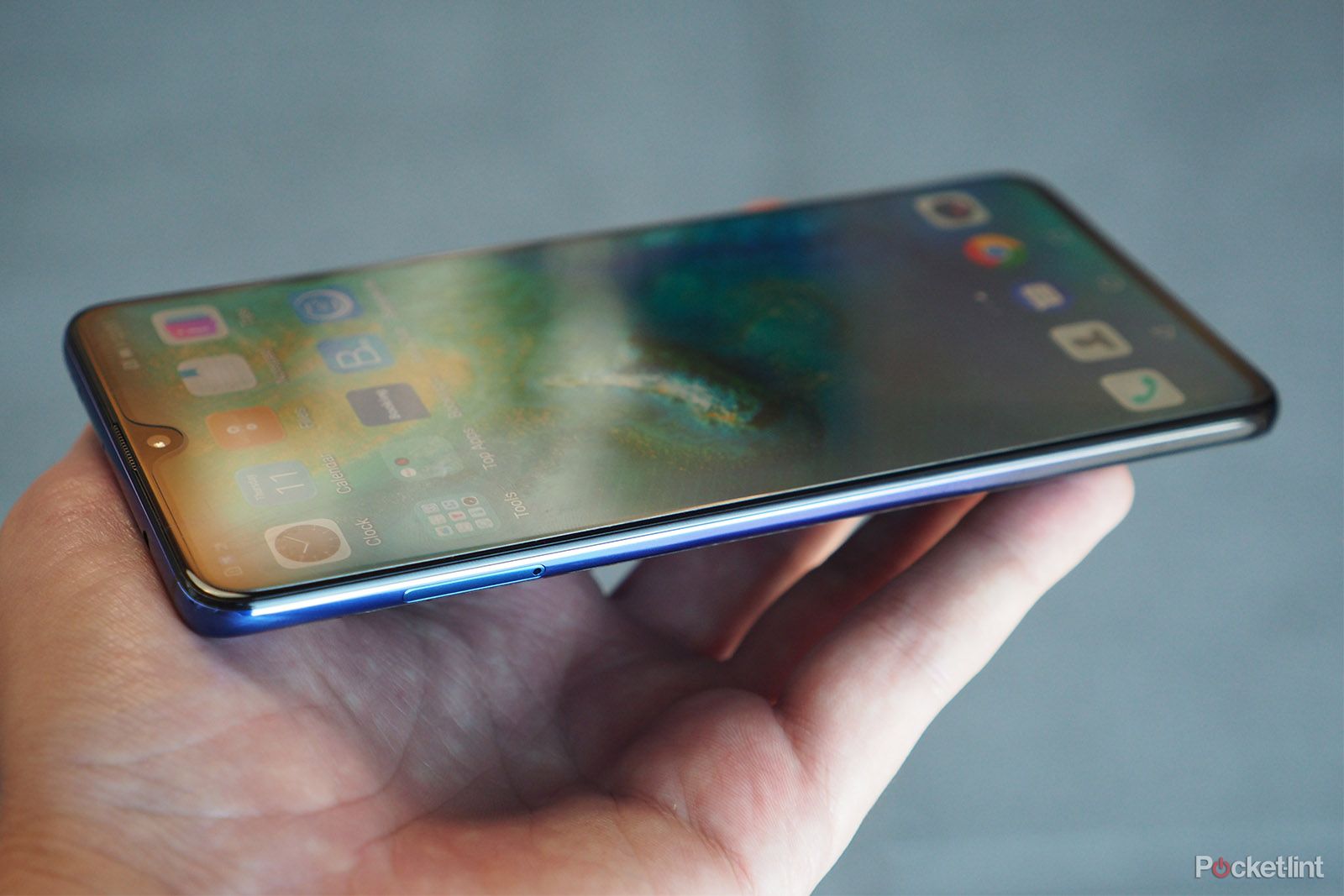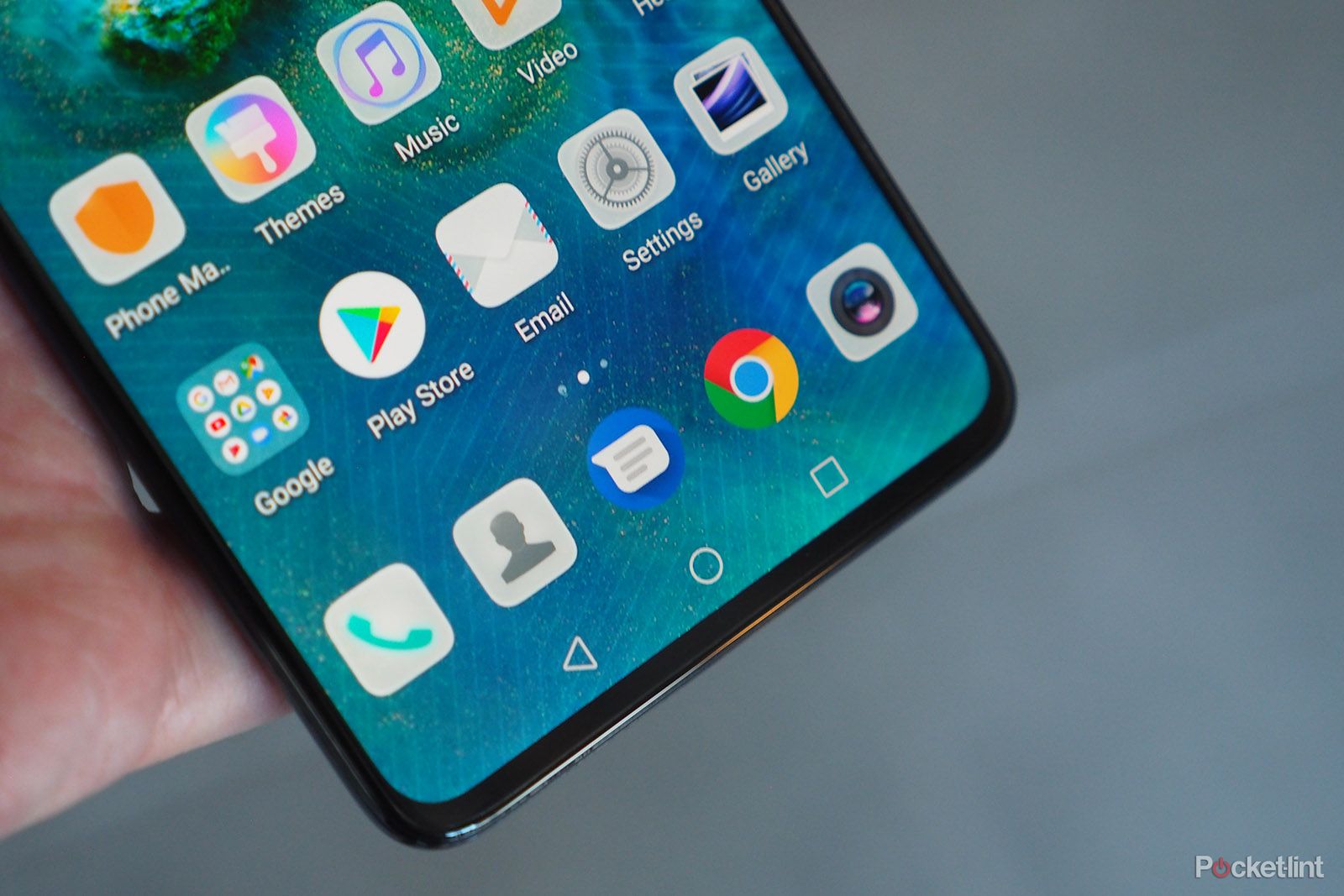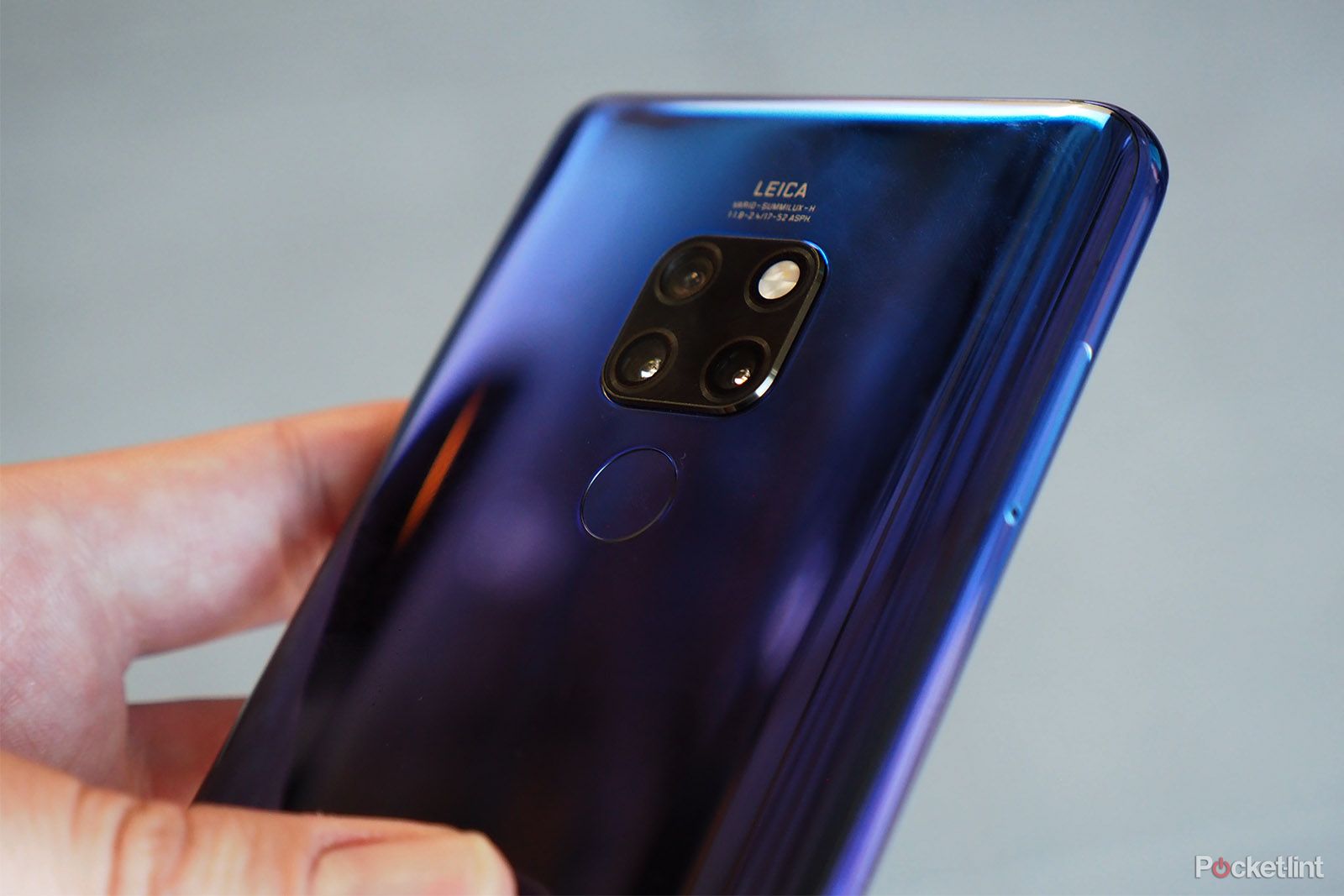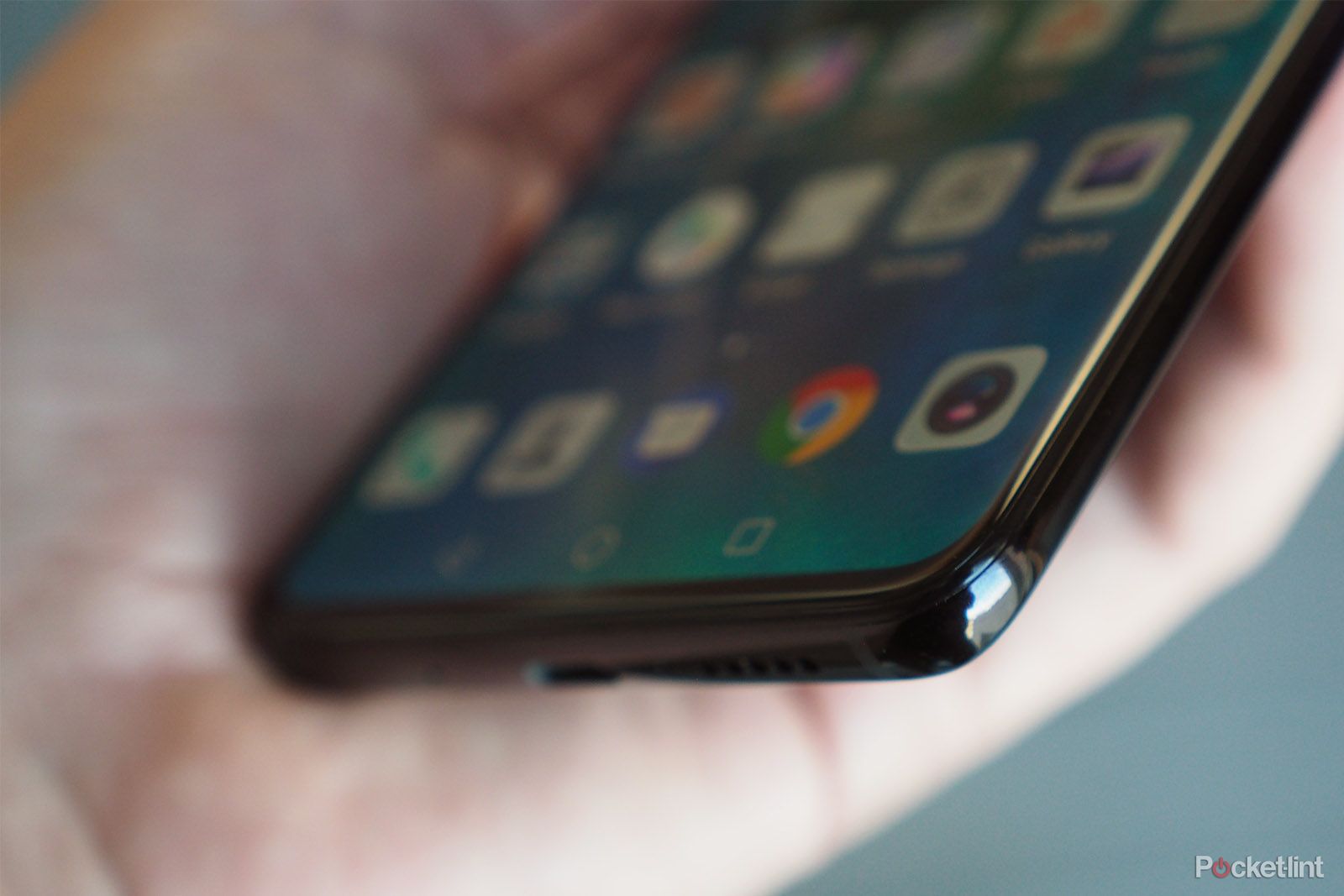In 2017 we were introduced to the most accomplished Mate line-up to date. A large-scale phone with flagship specs and a big battery to last and last. For 2018 the Mate series has widened - literally and figuratively - with a trio of handsets, the physically largest of them all being the Mate 20.
The Mate 20 is designed with flagship in mind, yet omits some of the extra bells and whistles of its Mate 20 Pro cousin. There's a physical fingerprint scanner, not the Pro's under-the-screen one. There's a smaller 'dewdrop' notch, not the bigger and sensor-packed one of the Pro. And the screen is flat and lower resolution than the Pro's high-res curved OLED.
Ultimately, then, the Huawei Mate 20 is a proposition for those seeking a flagship without the very biggest of price tags. But does it feel like a sideshow to the main Mate 20 Pro event and, therefore, will this standard model attract attention?
Our quick take
The Mate 20 has some top features - its triple rear cameras should impress, its considerable battery capacity should see it last for an age, and it's got all the power you'll need - but it sits behind its smaller and more feature-rich Mate 20 Pro cousin.
That's the peculiar thing about 2018's Mate series: the Lite and standard model don't really need to exist; the Mate 20 Pro is the epitome of top-end flagship and should be Huawei's primary focus to show-off just how much of a Samsung-beating handset it can produce. Because, while the Mate 20 will almost certainly be a solid handset, simply being the biggest in the range doesn't mean it's the best - despite it's admirable features.
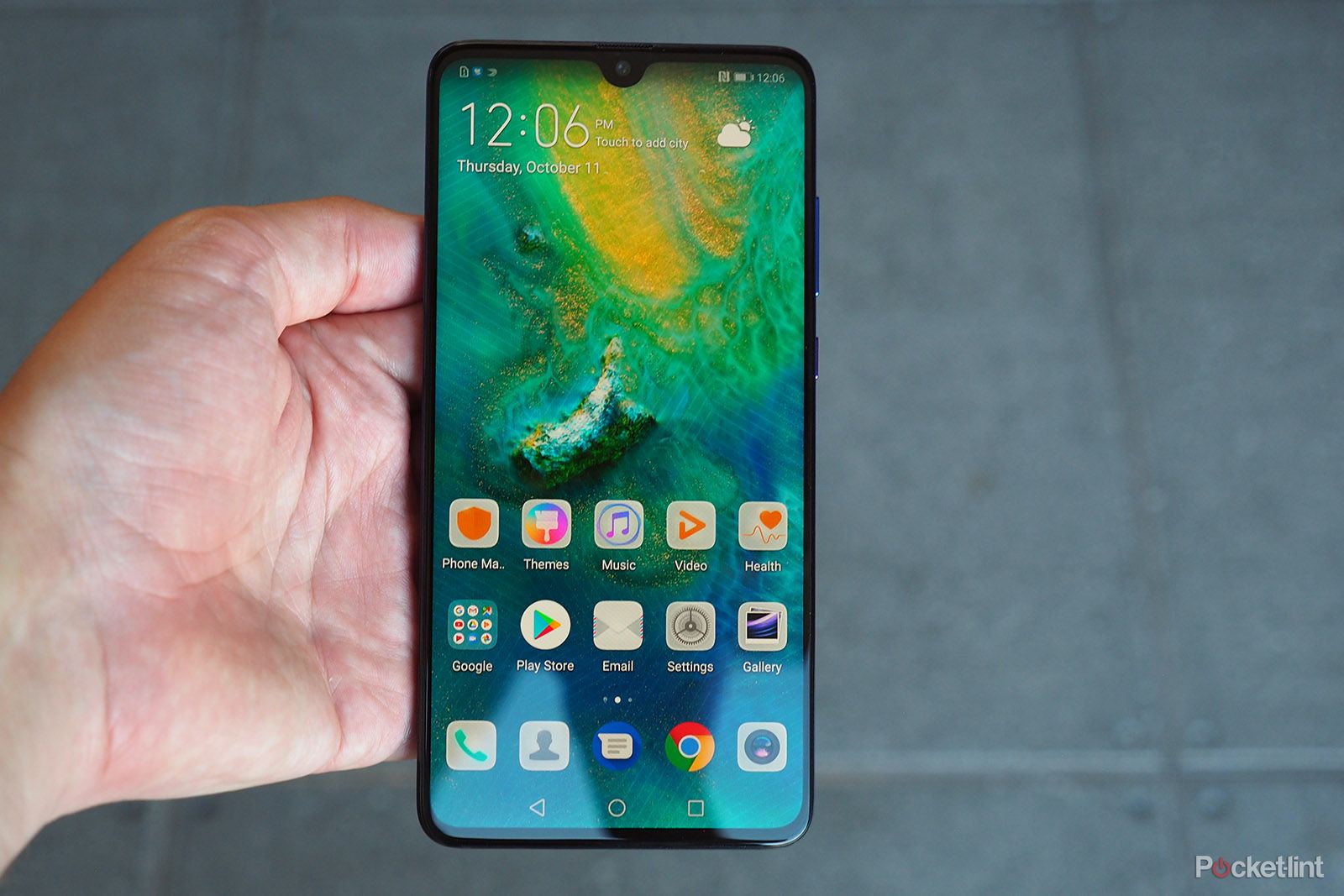
Huawei Mate 20 initial
| FOR | AGAINST |
|---|---|
|
|
Huawei Mate 20
Design & Display
- 6.53in LCD display, 18.7:9 aspect ratio, 2244 x 1080 resolution, 'dewdrop' notch
- Colours: Pink Gold, Midnight Blue, Emerald Green, Twilight, Black
- Rear positioned fingerprint scanner
- 3.5mm headphone jack
Most modern flagships have an ultra-wide aspect ratio screen. Not so the Mate 20: its 6.53-inch panel is not only larger than the Pro, but has a more conventional aspect ratio. For us it's a little too wide as a result, much like the iPhone 8 Plus, but some will prefer this stance - and in particular that the screen is flat, without any curved edges to distract.
The glass finish is attractive, while the slender bezel all around the screen gives it a very display-forward design. It's hard to not spot that 'dewdrop' notch, given its distinctive shape. It's the first time most will be introduced to such a design, but it'll be an increasing presence moving forward - we've already seen the Oppo R17 and Vivo V11 with the same design make-up (and the OnePlus 6T is likely to follow).
The Mate 20's fingerprint scanner isn't on the front like a 'home' key, instead residing on the rear to provide quick login to the device. This is also different to the Pro model, which has an in-screen fingerprint scanner to really show-off just how it's got one foot in the future.
On the rear the Mate 20's design is a bit of a mish-mash. We love the Twilight finish, as shown in these review pictures, but the 'square' camera sections looks like a design afterthought and not as easy on the eyes as the P20 Pro's trio of vertical cameras. The layout is an echo of the Mate Pro, though, so we'd align the same criticism at both handsets. Still, the Huawei handsets look more considered than the Samsung Galaxy S9 and its scatter of sensors to the rear.
In its green and blue colour options the Mate 20 offers a laser-etched finished, which the company calls 'Hyper Optical Pattern', to add grip and a different visual aesthetic to supposedly avoid fingerprint smears (it fails on this account really - it's actually the darker colours that help hide such smears).
Performance & Battery Life
- Kirin 980 octa-core processor (2x 2.6GHz, 2x 1.92GHz, 4x 1.8GHz)
- 4000mAh battery capacity, fast-charging via USB-C
Irrelevant of whether you go for Mate 20 or Pro models, both have the company's latest Kirin 980 processor under the hood. This is Huawei's competitor for Qualcomm's Snapdragon 845, the former focusing on a different division of cores - arranged in 'big, medium, little' to share the workload - and dual so-called 'NPU' (Neural Processing Units) to act as the phone's brain and take the AI (artificial intelligence) a step further, dividing the workload for different tasks.
There's no power difference between Mate 20 and Pro, cementing both as flagship propositions. There's also the addition of GPU Turbo, to unlock some additional graphics support for certain games (not everything is compatible, it's down to developers to get on board).
In terms of real-world performance the Mate 20 copes well. We signed into the device with a personal login during the preview session to explore various apps and processes for half an hour. Games like South Park: Phone Destroyer functioned just fine.
With its glass design, the Mate 20 also opens the door for Qi wireless charging - something we've been waiting to see in a Huawei phone for some time (ignoring its presence in the Pro, anyway). This comes with an additional benefit: the wireless charger can be activated to charge-up other Qi devices. Fun.
Wireless charging isn't the fastest way to juice the battery though. Connect to a socket and fast-charging will kick in, although this isn't quite as speedy as the Mate 20 Pro's 40W SuperCharge.
The Mate 20 has a 4,000mAh battery, which is a huge capacity and ought to last for a long time. It's not quite as capacious as the Pro model, but that also has a higher-resolution display to handle, thus we expect similar longevity from the two handsets. And based on our time with the Mate 10 Pro from 2017 and the Mate 20 Lite in 2018, we're confident that'll be well beyond an average day's use.
Software
- EMUI 9.0 at launch (over Android 9.0)
The Mate 20 also sees the advent of Huawei's EMUI 9.0 software, which appears over the top of Android Pie (9.0). The whole EMUI debate has often split the crowd, but Huawei continues to plug it, citing improvements over Android's stock file system, performance longevity, unlocking GPU aspects, and additional features (like App Twin for double-up of apps like WhatsApp, WeChat and Facebook over multiple SIM cards).
Specifically new to EMUI 9.0 are various features, the main ones being: HiTouch, which is a bit like Google Lens, allowing for a double-thumb press-and-hold on the screen to generate a query which, based on the image captured, will be contextually answered; HiVision, found within the camera app or search bar, which uses the camera to auto recognise landmarks, artworks, calorie content in food, and access shopping; and a cleaner and neater user interface with fewer settings than before.
We'll be bringing a fuller software break-down when we have the Mate 20 Pro in for full review and can deep-dive into the software experience.
Cameras
- Triple rear Leica cameras (all colour, no mono): 12MP wide-angle f/1.8, 16MP ultrawide-angle f/2.2, 8MP tele f/2.4
- Super macro mode (2.5cm from lens focus)
- Master AI (artificial intelligence) modes
- 4K video capture
The final part of the Mate 20 experience is its camera setup. Yes, that rear square arrangement isn't the greatest looking, but in terms of features the latest Mate may be the one to beat. It's arranged in the same way as the Pro model, but with lower-resolution sensors for the main two sensors.
Those three cameras aren't the same as found in the P20, despite all being co-engineered by Leica. The Mate 20 ditches any monochrome sensor, citing the overall pixel count as more than enough to derive all the information required. We could argue that the loss of the monochrome is a big shift change that undermines many of the points in having it in the first place - but without actual images to show you here, side-by-side, any such comparisons will have to wait.
Principal to the Mate 20 Pro's setup is three different focal lengths. There's a wide-angle lens, used as standard, which is 12-megapixels. There's a 16-megapixel ultra-wide lens too, which is 0.6x that of the wide lens, for ever broader views onto the world. And then there's the familiar 8-megapixel tele lens for zoom without degradation (to 3x optically, up to 5x with digital, right through to 10x with cropped images and some quality downgrade).
Having that ultra-wide lens makes a great difference. Not only for wide open scenes, but for its super macro mode, which kicks in if the lens is up to 25mm from a close-up object - it can still focus, which is something few phone cameras can manage.
With the P20 Pro, Huawei pushed its Master AI (artificial intelligence) mode. This can auto-recognise scenes and adjust the settings accordingly. In the Mate 20 it's back and has a wider capacity than ever before - but it still has some foibles present, namely the overzealous processing in many modes (Greenery, Blue Sky, etc).
With heaps of core power, the Mate 20 also offers many shooting features. There's Portrait which offers software-adjusted lighting and aperture options for blurred background effect, plus a variety of filters (which can be used real-time in movie capture, including live background blur or colour selection), and more. But you don't have to dig into such options, you can simply open the camera and shoot with confidence, knowing you'll get a strong image - and that's where the Mate 20 continues to score highly.
Huawei Mate 20
To recap
The standard Mate delivers a strong innings, but the Pro model outshines it in every department. When it comes to future-facing features the Pro is the way to go.

